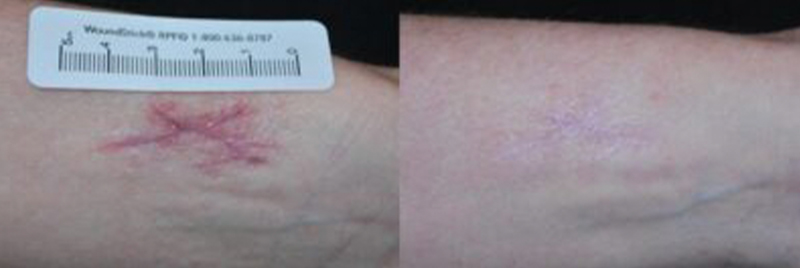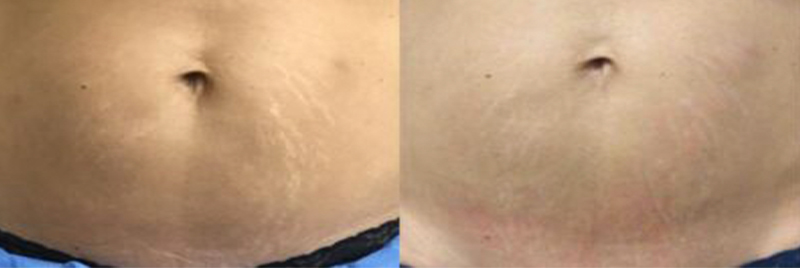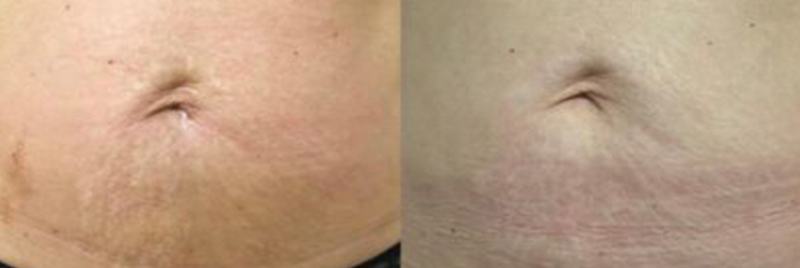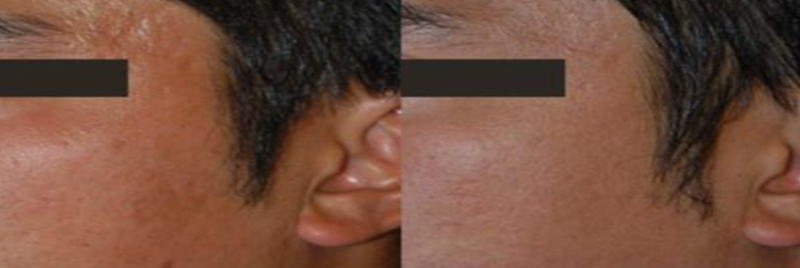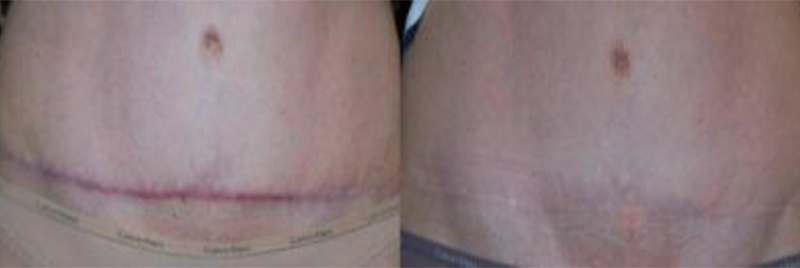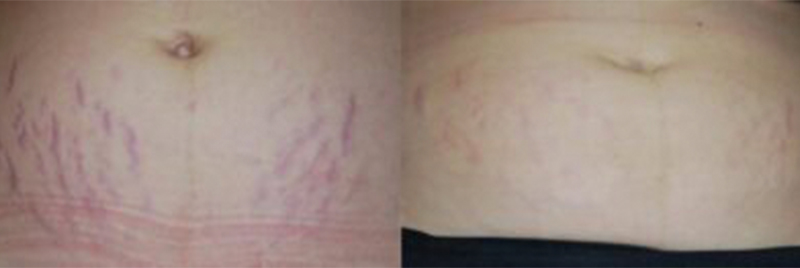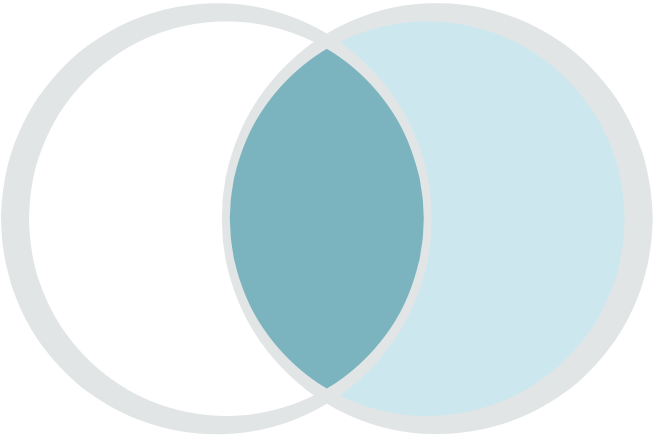Scars are not harmful, but they are often considered cosmetically undesirable. There are many options to reduce the appearance of scars at Palo Alto Laser and Skin Care with treatments based on you, your skin type, the scar type, severity of the scar, and your goals. The type of scar will determine the best treatment approach we take to help minimize the appearance.
CAUSES OF SCARS
Scars can be caused by all sorts of trauma, whether it is acne, minor trauma or surgical scar. For instance, 30 percent of our patients have moderate or severe scarring from acne vulgaris. Acne scarring is unfortunately common, with more severe types of acne leaving permanent, visible scars. It is best to avoid scarring whenever possible, such as when suffering from an acne break out.

There are many different types of scars.
- Hypertrophic scars: these scars are raised and initially red. They do not extend past the skin border irregularity.
- Keloids: keloid scars are raised and spread beyond the trauma border. Keloids are caused by an overproduction of cells responsible for the healing process.
- Contracture scars: these scars are often found after a burn and cause the skin to contract, minimizing the skin’s movement in that area. Contracture scars can go deeper than the skin, meaning they can affect nerves and muscle.
- Acne scars: there are many types of acne scars including ice pick scars that are pitted, deep, and narrow. Rolling scars are broader and have a sloped edge. Atrophic scars are thin, flat, and depressed. Boxcar scars are broad but have a sharp edge. Finally, keloid and hypertrophic scars can also be caused by acne.
TREATMENT OPTIONS FOR SCARRING
Untreated acne scars or hypertrophic scars can improve over time but rarely completely resolve on their own. Keloid scars rarely improve on their own. Treating scars begins with a consultation to evaluate the scarring and determine the best treatment method. In most cases, whether you are treating keloid, acne scarring or hypertrophic scar, combination treatment will be required.
When treating scars, patience is truly a virtue as it will take a series of treatments to get to the desired goal. This combination approach may include Vbeam Perfecta or IPL if scars are red, excision in case of icepick scars, Fraxel Dual, microneedling or CO2RE for trauma, post-surgical or acne scars to improve the texture, steroid injection to flatten keloid scars, subcision for depressed scars or laser-assisted drug delivery for treatment of keloids – one of the latest additions to our treatment arsenal.
Minimizing Scarring:
Treating all types of acne with the help of a professional is of the utmost importance for many reasons, including minimizing the risk of scarring. You should also seek acne treatment to help prevent the following:
- Acne can cause post-inflammatory skin color changes like redness (erythema)
- Acne can often cause permanent hyperpigmentation (brown discoloration)
- Acne can be painful and some, such as cystic acne, can leave unsightly scars
- Acne is known for decreasing confidence and self-esteem in patients

TREATMENT OPTIONS FOR STRETCH MARKS
Stretch marks, also known as striae, are a form of scarring. They usually appear after rapid growth, whether it is due to pregnancy, weight gain, or puberty. Stretch marks can appear on the skin as a red line if they are fairly recent, however, with time they usually turn white.
It is best to start treating them as soon as possible. If they are red combination treatment of Vbeam Perfecta and Fraxel Dual is a great treatment approach. Treatment for white stretch marks may start with Fraxel Dual or with a relatively newer treatment injectable approach of Hyperdiluted Radiesse.

Scar Treatment FAQs
How does earlobe repair work?
General anesthesia is not required. Instead, a local anesthetic numbs the area and a specialized technique is used to repair and reconstruct the earlobe based on the type and complexity of the damage. Scar tissue is removed from any previous trauma during this brief procedure, as scars can interfere with proper healing. The earlobe is then stitched closed.
Can a scar ever be completely removed?
The cosmetic results will depend on many factors including patient’s skin type, the type of scar, the size, the age (how old is the scar), size, location and the depth.
Is there anything I can use to help with the discomfort of more aggressive scar treatments?
Yes! We offer Pro-Nox, a combination of oxygen and nitrous oxide, that is patient-controlled analgesia.
Are scar treatments non-invasive?
It depends on the chosen treatment approach. Your provider may recommend a re-excision of the scar to prevent keloids or hypertrophic scars from forming. Microneedling, while painless, is also a common treatment that is minimally invasive, however not non-invasive. CO2RE can be used in fully ablative mode or in its fractional mode, which is minimally invasive.
Scar Treatment Before & After
Individual results may vary, please schedule a consultation to discuss your aesthetic goals and we’ll put together a custom treatment plan that’s right for your skin.
Real Patient Before / After Photos*
VIEW MOREWhy Choose Palo Alto Laser
& Skin Care For Scar Treatment?
Palo Alto Laser & Skin Care offers exceptional scar treatment in Palo Alto using state-of-the-art technologies like Vbeam Perfecta and Fraxel Dual. Our team ensures personalized care, guiding you through a tailored treatment plan. With a commitment to your comfort and satisfaction, we invite you to schedule a consultation. Experience the difference as we help you achieve a clear, rejuvenated complexion.

